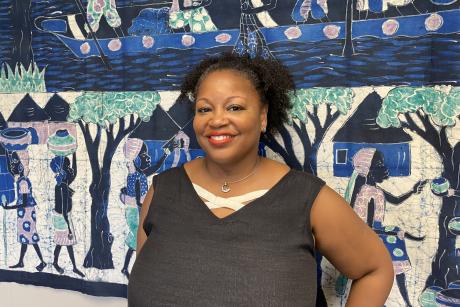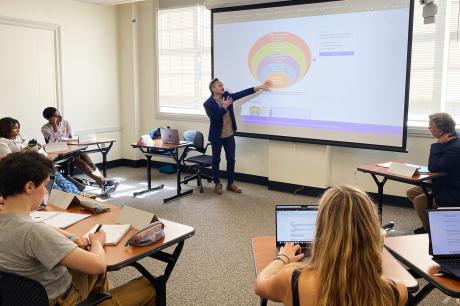By Nash Mepukori
I began my research aiming to only investigate food-related pregnancy taboos, but I quickly realized that other pregnancy taboos also play a role in the general wellness of pregnant women and will be key in deepening my understanding of the research outcomes.
Growing up in East Africa, the ubiquity of witchcraft in West Africa was a topic that was often discussed. The source of many of the stereotypes was, and still is, Nigerian movies. In many of these movies, jealous friends, colleagues, and siblings visit witchdoctors with peculiar offerings, and after a series of chants and potions, great evil befalls the adversary. It could be a grave illness, loss of all wealth, madness, and in some cases, transformation from human to animal. Witchcraft tales were, in fact, popular bedtime stories when I was growing up. But despite the stories, I was always doubtful of the notion that certain people possessed the power to spiritually harm others. When I attended the African Leadership Academy, I discussed the topic with West African students who believed without a doubt that witchcraft exists -- which I found very interesting. There, I heard stories similar to those I had seen on 'Nollywood' films and heard from people growing up.
Professor of Anthropology at Duke University, Charles Piot, who is my mentor here in Togo, has written about witchcraft in Togo in his book Nostalgia for the Future. The section is written from his decades of experience living and interacting with Togolese people in the villages in the north of the country. The theme of witchcraft is complex in this part of the world and evolves with evolving political, social and economic factors. The phenomenon of sorcery goes beyond primitive belief and, when studied prudently, can teach us a lot about the Togolese society. I read Professor Piot’s book before coming to Togo and his observations and analyses intrigued me. Nevertheless, I thought that the phenomenon was only a presence in the villages. I did not expect to find the same belief system among my interviewees in the city of Lomé, but I did.
During interviews, the theme of witchcraft and sorcery keeps reoccurring, even among a few young people born in the city. In Togo, a pregnant woman is believed to be especially vulnerable to sorcerers’ evil, and to protect her are numerous pregnancy taboos. For example, a pregnant woman’s belly button was never to be seen. The belly button is considered a direct path to the unborn child and if exposed, a sorcerer could harm the child. Furthermore, pregnant women were not to eat in the market as a sorcerer could contaminate the food the mother ate harming the child. Many interviewees have also told me that pregnant women were not to sit by the entrance of houses because entrances are the paths of evil spirits, which could harm the unborn baby.
I mentioned before that many people I have interviewed, including a small percentage of young city-born individuals, consider these beliefs important. However, the majority of young people call these “old people” views. Many of the younger interviewees, when asked about these beliefs, would say they have heard their grandparents talk about them but they do not know why people observed them. Interestingly, despite the view that these ideas are from an older generation, young people do not reject them completely. Very few have said that they do not respect these beliefs at all.
As my research matures, I am beginning to understand how the evolution of beliefs is occurring in Lomé. The more challenging task in coming weeks will be figuring out what is driving this evolution and why young people are not buying into the "old" belief system.



